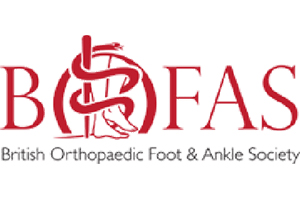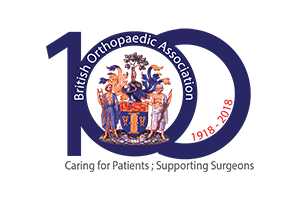COMMON CONDITIONS
The information outlined below on common conditions and treatments of the foot and ankle is provided as a guide only and it is not intended to be comprehensive. Discussion with Mr Hepple is important to answer any questions that you may have.
For information about any additional conditions not featured within the site, please contact us for more information.
Discussion with Mr Hepple is important to answer any questions that you may have. For information about any additional conditions not featured within the site, please contact us for more information.
QUICK ENQUIRY




